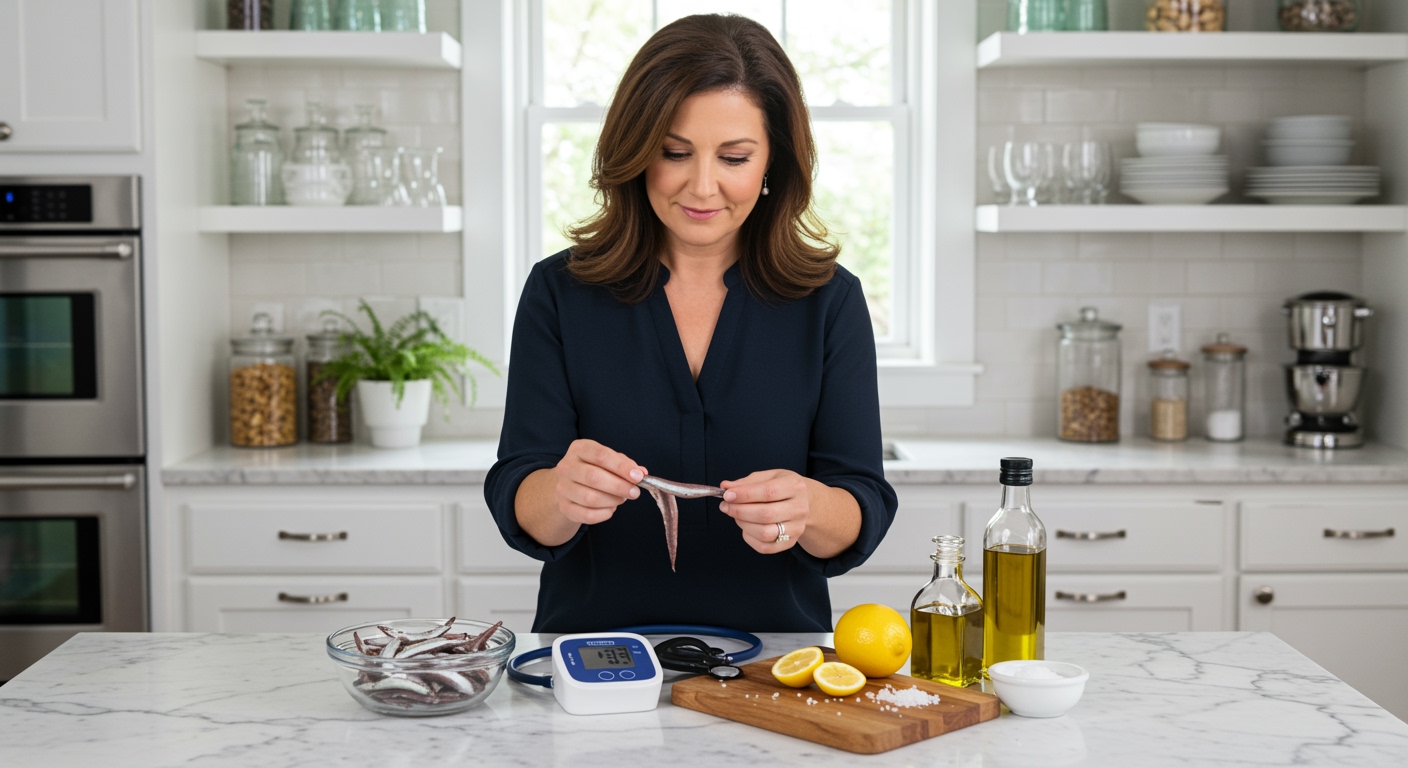✪ Key Takeaway: Mache does not worsen low blood pressure symptoms and may actually help stabilize blood pressure through its potassium content.
Introduction
You reach for that delicate bundle of mache leaves at the grocery store and suddenly wonder if this innocent-looking green might affect your already low blood pressure.
Many people with hypotension worry about every food choice because they fear making their symptoms worse.
Hi, I am Abdur, your nutrition coach and today I am going to explain exactly how mache affects your blood pressure and whether you should include it in your diet.
What Makes Mache Different From Other Leafy Greens?
Mache stands out among leafy greens because of its unique nutrient profile and gentle effects on your cardiovascular system.
This small, tender green contains higher levels of omega-3 fatty acids compared to most other salad greens.
The potassium content in mache reaches about 459 milligrams per 100 grams, which helps your body maintain proper fluid balance.
Unlike spinach or kale, mache has a mild flavor and softer texture that makes it easier to digest.
Your body processes mache more gently than stronger greens, which means less stress on your digestive system.
✪ Fact: Mache contains three times more omega-3 fatty acids than regular lettuce varieties.
How Does Mache Actually Affect Blood Pressure?
The potassium in mache works as a natural vasodilator, helping your blood vessels relax and maintain healthy pressure levels.
When you eat mache, the potassium helps your kidneys remove excess sodium from your bloodstream through increased urine production.
This process actually supports blood pressure regulation rather than causing dangerous drops in people with hypotension.
The magnesium content in mache also contributes to smooth muscle relaxation in your blood vessel walls.
Your cardiovascular system benefits from the gentle, sustained effects of these minerals working together.
Research shows that foods rich in potassium help maintain stable blood pressure rather than causing dramatic fluctuations.
✪ Pro Tip: Eat mache with a pinch of sea salt to help maintain electrolyte balance if you have low blood pressure.
Should People With Low Blood Pressure Avoid Mache?
People with hypotension do not need to avoid mache because it does not cause dangerous blood pressure drops.
The key difference lies in understanding that mache provides gentle support for blood pressure regulation rather than aggressive lowering effects.
Your body needs consistent nutrient intake to maintain healthy blood pressure, and mache contributes valuable minerals without overwhelming your system.
The folate content in mache supports healthy red blood cell production, which actually helps people with low blood pressure maintain better circulation.
Many people with hypotension benefit from the iron content in mache, especially if their low blood pressure stems from mild anemia.
Your doctor will likely encourage you to include nutrient-dense foods like mache as part of a balanced approach to managing low blood pressure.
✪ Note: Always consult your healthcare provider before making significant dietary changes if you take blood pressure medications.
What Are The Best Ways To Include Mache In Your Diet?
Start with small portions of fresh mache mixed into your regular salads to see how your body responds.
Combine mache with protein sources like grilled chicken or hard-boiled eggs to create more substantial meals that support stable blood pressure.
The gentle flavor of mache pairs well with nuts, seeds, and healthy fats that provide sustained energy.
You can add mache to smoothies along with fruits and yogurt for a nutrient boost without overwhelming taste.
Try incorporating mache into warm dishes like soups or stir-fries during the last few minutes of cooking to preserve its nutrients.
Your best approach involves eating mache as part of balanced meals rather than consuming large amounts alone.
✪ Pro Tip: Store mache in the refrigerator wrapped in damp paper towels to maintain freshness and nutrient content.
The Bottom Line
Mache does not worsen low blood pressure symptoms and can actually support your overall cardiovascular health through its balanced mineral content.
The best foods for managing blood pressure are those that provide steady nutrition without dramatic effects on your system.
I would love to hear about your experiences with mache or any questions you have about managing low blood pressure through nutrition in the comments below.
References
At NutritionCrown, we use quality and credible sources to ensure our content is accurate and trustworthy. Below are the sources referenced in creating this article:
- American Heart Association: Low Blood Pressure – When Blood Pressure is Too Low
- Mayo Clinic: Low blood pressure (hypotension) – Symptoms and causes
- Mayo Clinic: High blood pressure (hypertension) – In-Depth





